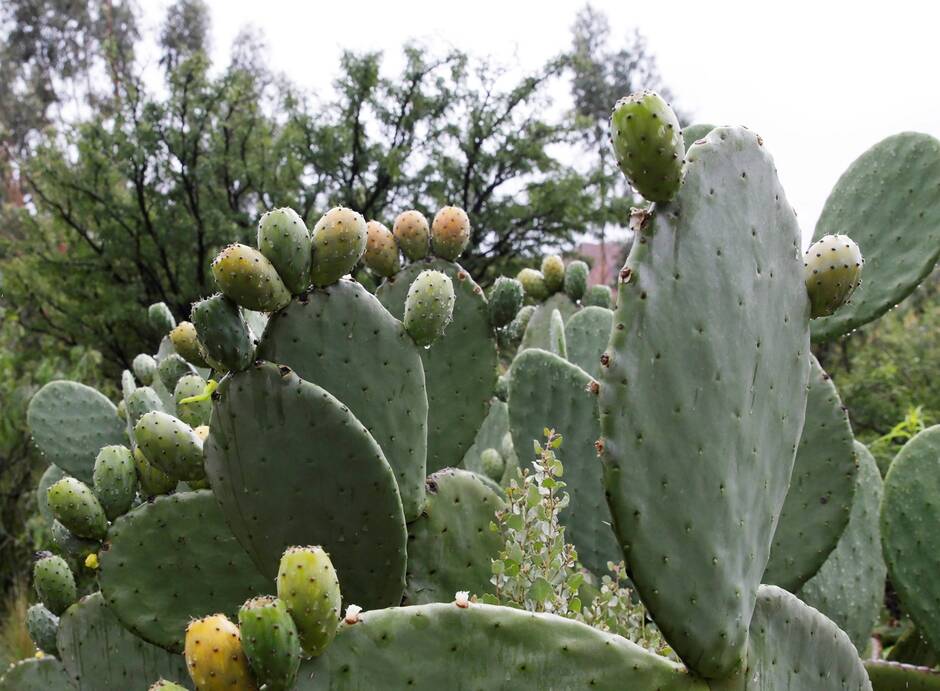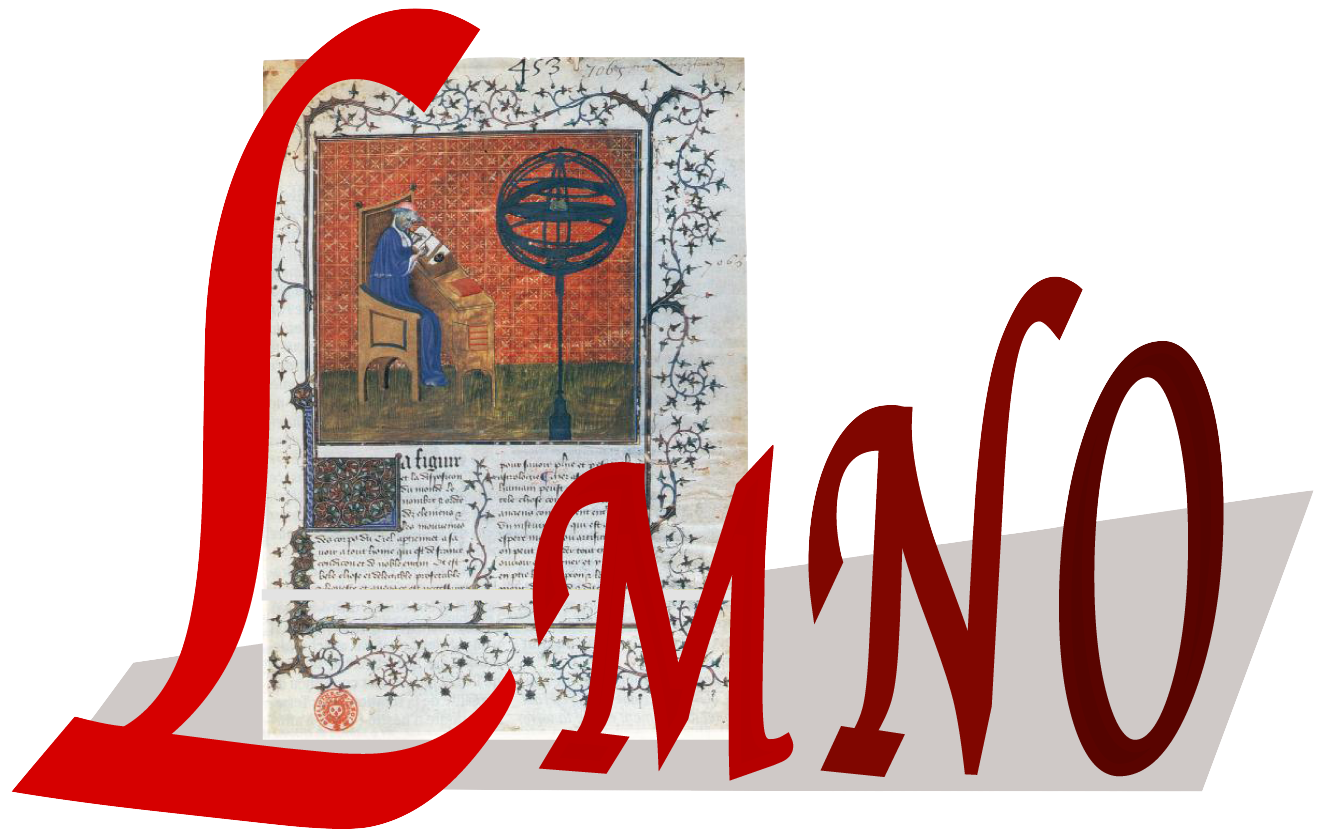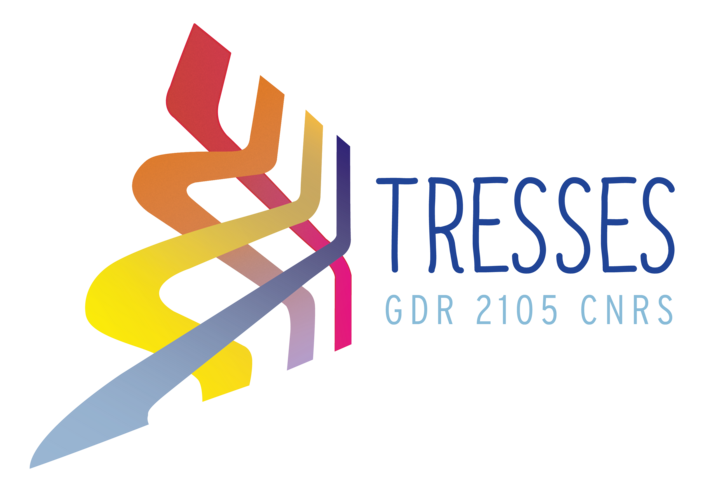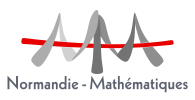Titles and abstracts
Adrien Brochier
Title : RSK, Gaudin algebras and Calogero-Moser cells
Abstract : The RSK correspondence is a bijection between certain words
and certain pairs of tableaux, which encodes various aspects of the representation theories of GL_n, S_n and of their q-deformations. One
"materialization" of this correspondance is given by a labelling of a certain distinguished basis (the Gelfand-Zeitlin basis) of the kth
tensor power of the defining representation of GL_n. This basis can also be described from the eigendecomposition of that space under the
action of a certain commutative algebra. This algebra, in turn, is a certain limiting case of a family of
commutative algebras (the Gaudin algebras) parameterized by the real part of the compactified moduli space of genus 0 curves, whose
fundamental group is the so-called cactus group. Bonnafé-Rouqier have introduced a certain partition of S_n into
"cells" based on the geometry of the so-called Calogero-Moser space,
and conjectured that it can be described using RSK. We'll explain a
proof of this conjecture, based on fundamental work of
Mukhin--Tarasov-Vaerchenko, which allows to translates this question
into one about the monodromy of Gaudin algebras, and of
Halacheva-Kamnitzer-Rybnikov-Weekes which describes this monodromy
action explicitly. This is based on joint work with Iain Gordon and
Noah White.
Anthony Genevois
Title : An introduction to diagram groups
Abstract : In this mini-course, the goal will be to explain what
diagram groups are, to explain the main results known about them, and
to describe several explicit examples. Prerequisites will be minimal.
Iva Halacheva
Title : Categorical braid group actions, perverse equivalences, and the
cactus group
Abstract :Given a semisimple Lie algebra g, the representations of its
quantum group have additional symmetries captured by the braid group.
From a combinatorial perspective, a large part of the information of
these representations is captured by g-crystals. The analogue of the
braid group action in that setting turns out to be an action of the
cactus group. This action can be recovered in several ways – we show
that one can do so from a categorical perspective by studying the braid
group action realized through Rickard complexes, and restricting our
attention to the braids coming from parabolic longest Weyl group
elements, or half-twists. This is joint work with A. Licata, I. Losev,
and O. Yacobi.
Anton Khoroshkin
Title : Cacti groups from operadic point of view
Abstract: I will explain different algebraic models of the operad of the real locus of the moduli spaces of stable rational curves with marked points and show how to gain the rational homotopy type of these spaces whose fundamental groups coincides with the pure cacti groups.
In order to make an advertisement to the operad theory, the relationships with the pure braid groups will be also formulated on the operadic level.
The talk is based on the joint work with T.Willwacher arXiv:1905.04499.
Jacob Mostovoy
Title : Cactus groups, braid groups and the Crisp-Paris Theorem
Abstract: In this talk, I will show how to construct a family of embeddings of a certain finite index subgroup of the pure cactus group into the pure braid group.
Neha Nanda
Title : On twin groups
Abstract: Quite recently, it is proved that the twin groups can be viewed as subgroups of cactus groups in the work of Bellingeri-Chemin-Lebed.
These groups relate to the study of certain kind of immersed circles in the 2-sphere. In this expository talk, introduction and
properties of twin groups and its pure subgroup will be discussed. Results are based on work in collaboration with Tushar Naik and Mahender Singh.
Luis Paris
Title : Groupes de trickle
Abstract : Cet exposé a pour but de présenter un travail en
collaboration avec Paolo Bellingeri et Eddy Godelle.
Notre projet consiste en l'étude
combinatoire de certains groupes, que nous appelons groupes de trickle,
définis par des relations
de la forme ab=bc, les générateurs pouvant
être d'un certain ordre. Nous sommes capable de résoudre le problème du
mot
et de définir des formes normales pour ces
groupes, mais mon but dans cet exposé sera surtout
de présenter des exemples, dont les groupes de cactus et les groupes de
cactus virtuels.
Participants
Paolo BELLINGERI (LMNO Caen)
Adrien BROCHIER (Paris)
Hugo CHEMIN (LMNO Caen)
Adrien CLEMENT (Nantes)
Raquel CRUZ (LMNO Caen)
Jacques DARNÉ (UCLouvain)
Edouard FEINGESICHT (LMNO Caen)
Anthony GENEVOIS (Montpellier)
Emmanuel GRAFF (LMNO Caen)
John GUASCHI (LMNO Caen)
Iva HALACHEVA (Massachusetts)
Anton KHOROSHKIN (Haifa)
Victoria LEBED (LMNO Caen)
Bernard LECLERC (LMNO Caen)
Gilbert LEVITT (LMNO Caen)
Ilaria MAZZOTTI (Università di Bologna)
Jacob MOSTOVOY (Mexico)
Neha NANDA (LMNO Caen)
Philippe SATGE (LMNO Caen)
Shmuel ZELIKSON (LMNO Caen)
Luis PARIS (Dijon)






